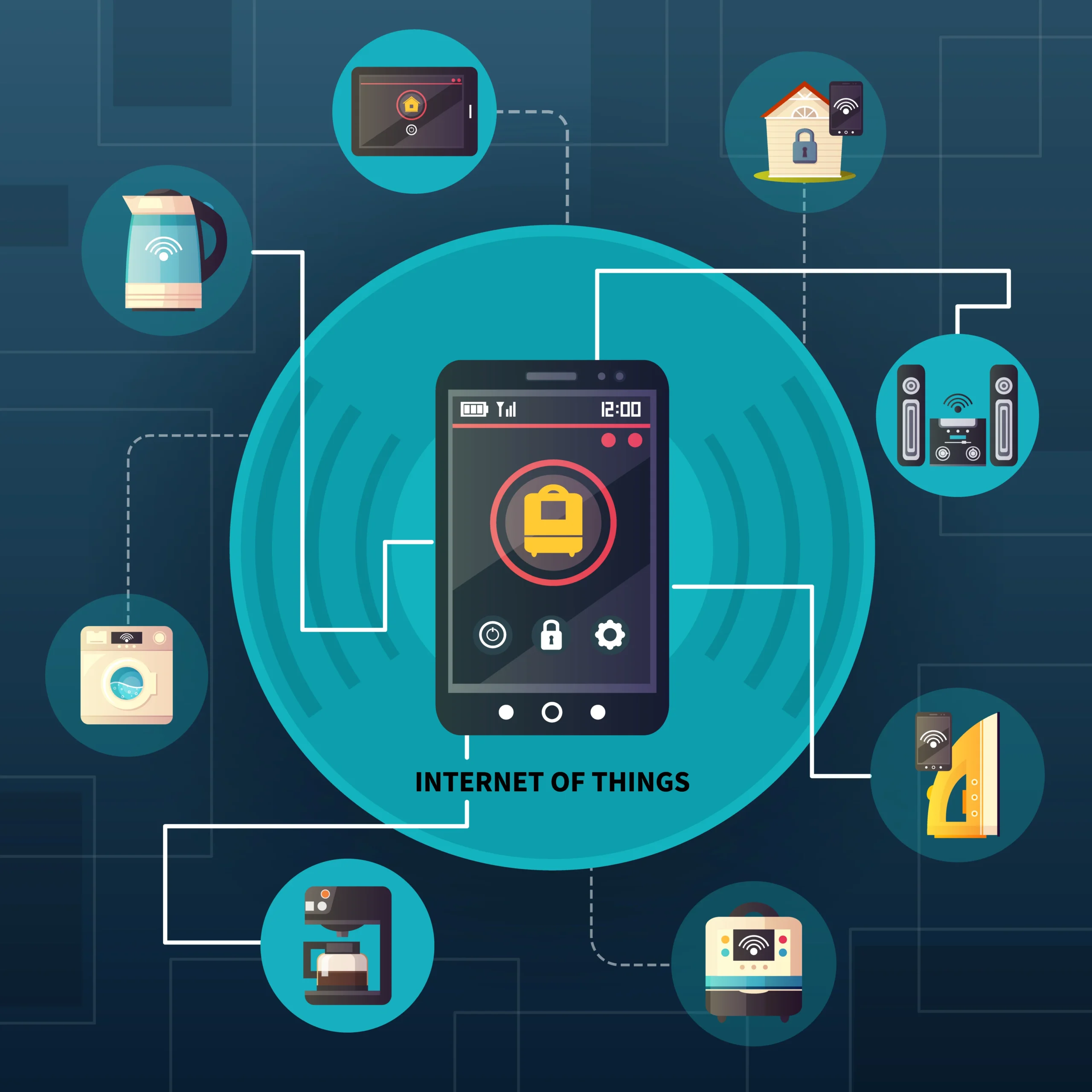Introduction
In the world of computing, managing processes effectively is critical for system stability and performance. One essential concept is the 22048101 PID, a unique identifier used to track and manage processes in operating systems. Whether you’re working with Windows, macOS, Linux, or virtualized environments, PIDs (Process Identifiers) like 22048101 play a pivotal role in maintaining smooth system operations. Let’s dive deeper into the concept of PIDs, their significance, and how they drive modern computing.
What is a PID and Its Importance?
A Process Identifier (PID) is a unique number assigned by the operating system to each running process. This identifier allows the system to manage, monitor, and interact with processes efficiently. The 22048101 PID serves as an example of how PIDs function dynamically, representing a specific process at a given time.
Core Functions of a PID:
Resource Allocation: Ensures fair distribution of memory, CPU, and other resources.
Process Management: Helps prioritize, suspend, or terminate processes when needed.
Debugging and Monitoring: Enables system administrators to troubleshoot and resolve performance issues.
Understanding the 22048101 PID
The 22048101 PID illustrates how an operating system assigns a number to identify a process. This PID could represent a background service, a user-initiated application, or even a system update. Once the process completes or is terminated, the PID is recycled and reassigned to new processes.
Lifecycle of a PID:
Creation: Assigned when a new process starts.
Tracking: Monitors process activity and resource usage.
Termination: Freed up when the process ends, making the PID available for reuse.
Real-World Applications of PIDs
The functionality of PIDs extends far beyond mere identification. Here’s how they impact various domains:
In IT and System Administration
PIDs like 22048101 help administrators diagnose issues, monitor resource usage, and terminate rogue processes. For example:
Using Task Manager in Windows to identify a high-CPU-consuming process.
Employing commands like ps and kill in Linux to manage processes effectively.
In Software Development
Developers use PIDs to track application behavior, debug errors, and optimize performance. By analyzing a PID, they can pinpoint resource bottlenecks or identify processes causing system crashes.
In Security and Forensics
Cybersecurity professionals monitor PIDs to detect unusual activities, such as malware masquerading as legitimate processes. Forensic analysis of a PID can reveal attack vectors and help mitigate threats.
In Cloud Computing and Virtualization
In virtualized environments, PIDs ensure resource isolation across containers or virtual machines. Tools like Kubernetes use PIDs to manage microservices and streamline process orchestration.
Comparative Use of PIDs Across Operating Systems
While the role of PIDs is universal, their management varies by platform. Here’s how the 22048101 PID might differ across major systems:
Windows
Tool: Task Manager or taskkill command.
Feature: Displays PIDs for all running processes, allowing easy termination of misbehaving tasks.
macOS
Tool: Activity Monitor.
Feature: Provides a graphical interface to monitor PIDs and system performance.
Linux
Tool: Command-line utilities like ps, htop, or kill.
Feature: Offers real-time process monitoring with advanced customization options.
How PIDs Integrate with Modern Technologies
The relevance of PIDs like 22048101 is expanding as technology evolves. Let’s explore their integration with cutting-edge systems:
AI-Driven Resource Management
Artificial intelligence optimizes resource allocation by predicting process requirements based on PID tracking, enhancing system performance.
IoT Ecosystems
In IoT setups, PIDs manage the flow of data across connected devices, ensuring smooth operations and real-time communication.
Microservices Architectures
Microservices rely on PIDs to isolate processes, manage workloads, and scale applications dynamically in distributed environments.
Future Trends and Challenges in PIDs
While PIDs are indispensable, their role is evolving to meet new demands. Here are some emerging trends and challenges:
Enhanced Process Security
Protecting PIDs from malicious exploitation is critical. Future systems may include encrypted PIDs to prevent unauthorized access.
Smarter Orchestration in Cloud Environments
Advanced PID systems will improve process management in hybrid and multi-cloud setups.
Overcoming Technical Barriers
Issues like PID collisions in high-demand environments may require innovative solutions, such as expanded identifier ranges.
FAQs About 22048101 PID
What is a PID?
A PID, or Process Identifier, is a unique number used by operating systems to track running processes.
Why is the 22048101 PID significant?
It represents a specific process, enabling efficient resource allocation and system monitoring.
Can PIDs be reused?
Yes, once a process terminates, its PID is freed up and can be reassigned.
How do I find a PID on my system?
Windows: Use Task Manager under the “Details” tab.
macOS: Open Activity Monitor.
Linux: Use the ps or htop command.
Are PIDs important for security?
Absolutely. Monitoring PIDs helps identify and neutralize malicious processes.
Conclusion
The 22048101 PID symbolizes the pivotal role of Process Identifiers in modern computing. From resource management to debugging and security, PIDs form the backbone of efficient system operations. As technology advances, the integration of PIDs with AI, cloud computing, and IoT will unlock new possibilities. Understanding and leveraging PIDs effectively ensures smoother operations, greater security, and innovative applications across industries. Embrace the power of PIDs to stay ahead in the digital era!


